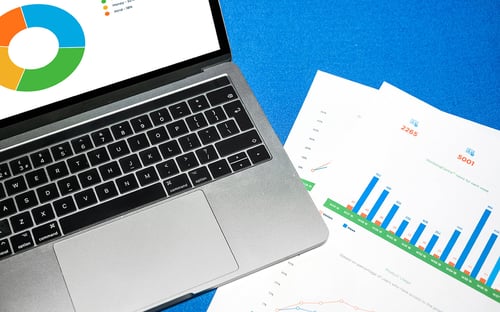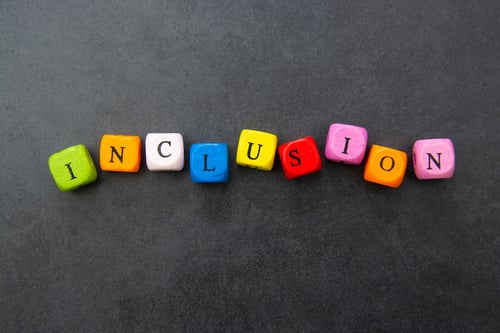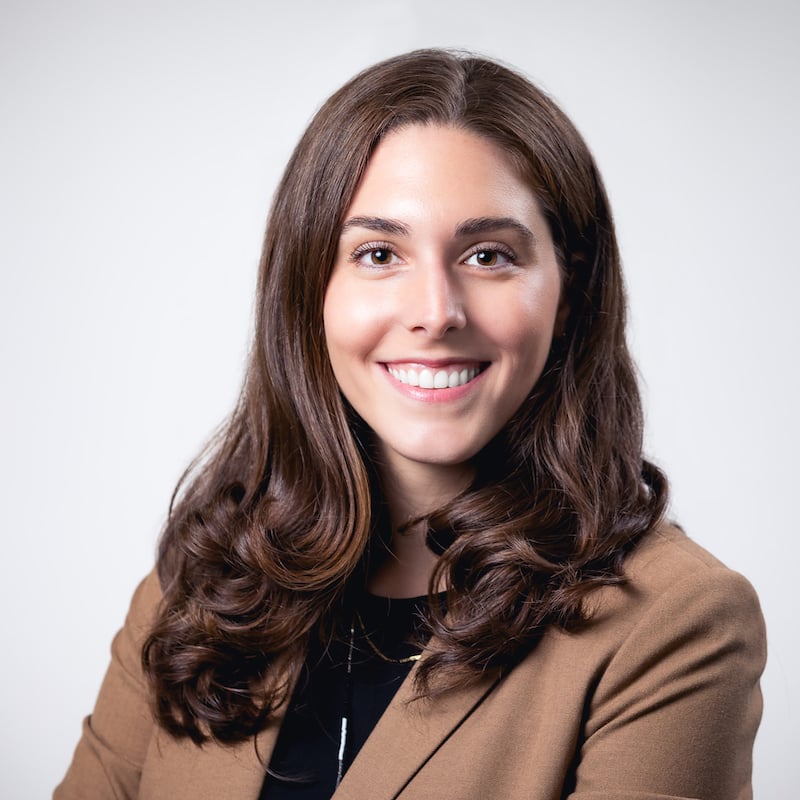6 min read
When it comes to creating more diverse, equal and inclusive organisations, we know one thing is true: We have to be better. Embarking on any journey means being prepared for what’s ahead and knowing that it’s ongoing – there’s no 'finish line,' but rather you’re constantly learning and improving.
The experiences of Robert Hicks, Group HR Director at Reward Gateway, and Catrin Lewis, Head of Global Engagement and Internal Communications at Reward Gateway, will hopefully equip you with the tools you need to get started, or give you a much-needed refresh. We can’t speak for all organisations, but we know at Reward Gateway we’re constantly striving to be better.
We thought we would share where both Robert and Cat began their journey and where it’s taken them today to create stronger, more resilient organisations.
Q: How did you both get started with the DEI journey and what led you to be involved at Reward Gateway?
Robert: I’ll start with a story. In the late 1990s, I was working at the British Council and I was asked to be one of the trainers for a new course 'Exploring Diversity.' The whole D&I space was new, and this was a revolutionary course, and pretty groundbreaking back in the day. Over 20 years later, D&I is a key part of my role and one that gets me excited every single day.
Cat: My D&I journey at Reward Gateway began when I took ownership of our Annual Diversity Report from then CEO, Glenn Elliott. Our first reports gave us an insight into our workforce that we’d not been consciously aware of before. I’m a firm believer that all good strategies start with data and insights. Owning this report gave me the level of understanding I needed to take my first steps into further exploration of diversity at RG.
Q: What are some common mistakes when it comes to building a D&I strategy?
Robert: I think there are three main mistakes, some of which contrast each other:
| 1. Not doing anything, as this means you are behind everyone else. |
| 2. Not listening to your staff; not starting off by listening and surveying them, as otherwise you may go. down the wrong path. |
| 3. Promising too much and then being behind the to-do list. |
I am a little guilty of big ambitions so number 3 is where I still need to practice and work on it.
Cat: The first one is not evolving year on year. Language changes and so do societal norms. I see so many places that still don’t differentiate sex from gender or race from ethnicity. Stating only Male/Female as your gender options when we should be recognising more.
The second one is worrying about saying something wrong – it’s okay to make mistakes.
For our recent LGBTQIA+ survey, I connected with one of our gay employees to ask them if they felt that all the language and questions were accurate. He appreciated being asked and it helped me to refine the questions so the survey was better.

Q: Who are your key stakeholders? Who's involved with DEI initiatives?
Robert: All of your staff are stakeholders, and they will hold you 100% accountable. Depending on the initiatives there will be a mix of stakeholders. At RG, the Leadership Team is involved now as they each lead a diversity network. The CEO owns the whole D&I piece alongside me. Then we have the D&I employee leads, the people in the networks, employees with an interest and candidates and future RGers.
D&I affects everyone by the very nature of 'inclusion,' so your people are your largest group of stakeholders.
Cat: I agree with Robert. To echo that, I’d say the CEO, Group HR Director, Leadership Team Champions, Network Leaders, CSR Manager and all employees.

Q: What are some of the ways that DEI feeds into other initiatives at RG?
Robert: D&I touches every aspect of what you do in recruitment, so you think about it there – it helps drive technology, tools, processes and all of the outcomes. By building diverse hiring teams, you build more diverse decision making in interviews, which means better result outcomes.
It also means you make sure that the candidate experience for every candidate is better.
Let’s look at People Operations too. By making sure you have good D&I data, you then improve your data capturing and reporting in all areas of the People sphere. By having D&I as an everyday part of what you do, you make your people agenda sharper, smarter, more effective and simply better overall.
Cat: Diversity and Equality = Inclusion. This means if you want to engage your employees and make them feel respected, visible, recognised and valued you need to create an inclusive environment in everything you do. And part of creating an inclusive environment means communicating your D&I strategy to your people, so everyone feels in the loop and connected to a larger purpose.

Q: Can you share some things that have inspired you on your D&I journey?
Robert: Firstly, my relationships with people active in the D&I space, like Tunde Banjoko, who I have known for 20 years. People like Tanni Grey-Thompson who lead the way for making Britain fairer and is also a Paralympic gold medalist many times over. The same with Gareth Thomas, the first openly gay rugby player, who has broken down barriers in sport.
I really look up to people who take a stand for equality for everyone.
The best book I have read was 'Why I'm No Longer Talking to White People About Race,' it’s a 2017 debut book by British writer Reni Eddo-Lodge. It explores and explains so much more than just race – its work on intersectionality is amazing.

Cat: I’m inspired by our employees who find their voice and share their stories. Seeing them find connections, becoming stronger through being vulnerable and building confidence by sharing.
I’m seeing this more and more with the introduction of our D&I Networks too.
I spent a lot of time listening to music and podcasts from Akala who shares British history in a variety of ways. His book 'Natives: Race and Class in the Ruins of an Empire' was so enlightening for me.
Finally, Racism at Work really helped to understand the context of the issue within the workspace. I saw the author Binna Kandola speak at a conference and everything clicked. It inspired me to act and was the start of a whole new understanding of the issues we face.
In addition to continuing our own D&I journey here at Reward Gateway by listening to our people and educating ourselves, we’ve also publicly committed to Business in the Community’s (BITC) Race at Work Charter to join hundreds of other organisations who are taking action to become more inclusive and equal for racial minorities.
 Meghan Barrett
Meghan Barrett

